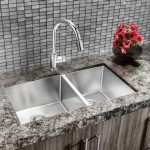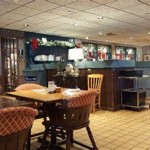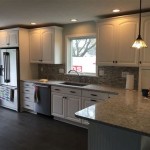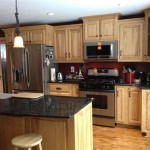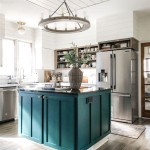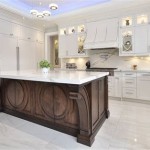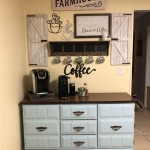Plywood kitchen cabinets are a popular choice for many homeowners due to their durability and affordability. Plywood is a strong, lightweight material made from thin sheets of wood veneer, bonded together with adhesive. It is a popular choice for cabinets due to its strength, low cost and ability to withstand moisture. However, there are some drawbacks to using plywood for cabinet construction, including warping and shrinkage.
Advantages of Plywood Kitchen Cabinets
Plywood kitchen cabinets are an excellent choice for those looking for a durable and cost-effective cabinetry option. Plywood is strong and lightweight, making it easy to maneuver and install in tight spaces. It is also highly resistant to moisture and humidity, making it an ideal choice for kitchens in damp climates. Additionally, plywood is relatively inexpensive when compared to other materials, making it an attractive choice for budget-minded homeowners.
Disadvantages of Plywood Kitchen Cabinets
Although plywood is a strong and durable material, it is not immune to warping and shrinking. Moisture can cause the edges of the plywood to swell, and this can cause the cabinet doors and drawers to fit poorly. Additionally, plywood is not as heat resistant as other materials, meaning it may not be the best choice for kitchens near sources of heat, like stoves and ovens. Finally, plywood kitchen cabinets may require more maintenance than other materials due to their susceptibility to warping and shrinking.
Conclusion
Plywood kitchen cabinets are an affordable and durable option for many homeowners. Though they may require more maintenance than other materials, plywood is strong, lightweight and moisture-resistant. Additionally, it is relatively inexpensive when compared to other materials, making it an attractive choice for budget-minded homeowners. However, it is important to keep in mind that plywood is not immune to warping and shrinking, which can cause the cabinet doors and drawers to fit poorly.





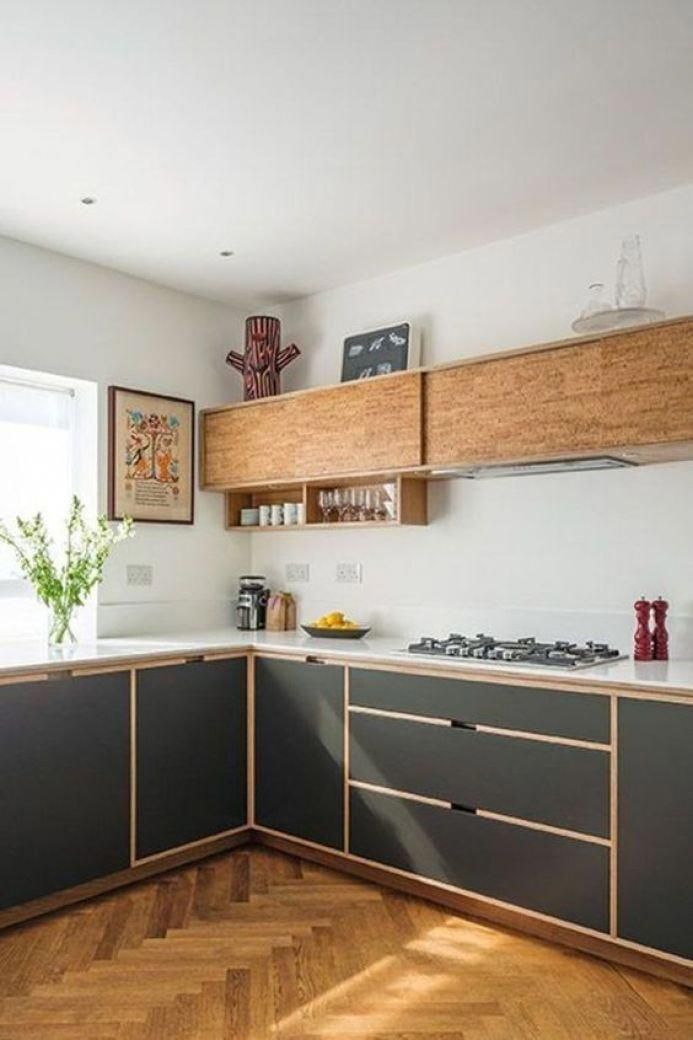








Related Posts


